Institute Publications
Recent Publications
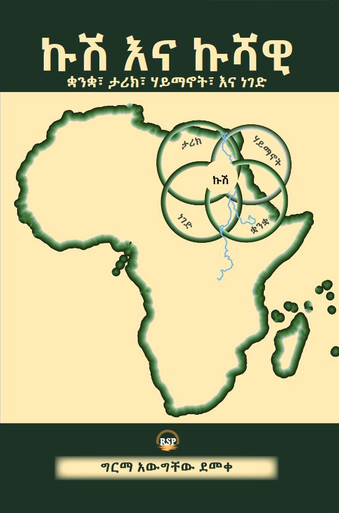
Cush and Cushitic (PB)
Girma A. Demeke
Kush/Cush and Cushitic: Language, History, Race, and Religion offers a multifaceted examination of the term “Kush/Cush” and its related concepts, drawing from historical, linguistic, and cultural perspectives. In the realm of historical linguistics, “Cushitic” is employed to describe a hypothetical language family within the Afroasiatic phylum. This term may also be used to refer to the people who speak these languages. However, there is often confusion between this academic usage and the ancient kingdom of Kush, which is frequently referred to Nubia in historical works. The confusion extends to the usage of the same term in Biblical texts. The book delves into the history of the Kingdom of Kush, the Biblical usage of Kush/Cush, and the so-called Cushitic languages, offering a nuanced discussion of these intertwined topics.
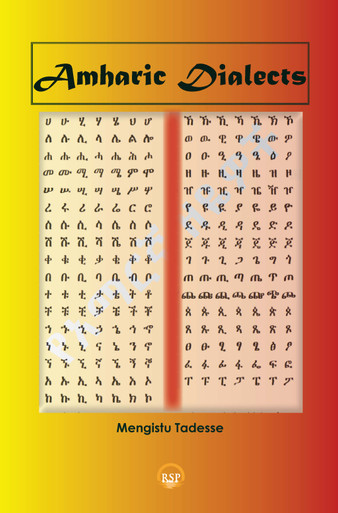
Amharic Dialects
Mengistu Tadesse
This book describes the phonological, morphological and lexical variation of Amharic dialects by using both natural oral text and elicited data. In phonetic inventory of Amharic dialects, seventy-six possible consonant segments including three implosives and one velar fricative have been identified from the recorded audio-video corpus. Some of these segments are peculiar to specific areas and some are shared by more dialect areas. The study also shows variations on morphological and lexical levels.
In previous studies, Amharic dialects have been classified into five namely, Gojjam, Gondar, Wollo, North Showa and Addis Ababa. The current study does not support such classification. Without any geographical barrier or distance, there would be great phonological, morphological and lexical variations. The case of Debark and Dembiya is an example for such incident. For example, substituting /kʼ/ by [tʃʼ], which is discussed as a feature of the whole Gojjam area, does not cover even the whole east Gojjam. Although, it is widely used in Sinan, Degasegnin and part of Bibugn areas, it rarely occurs in Debre Marikos area. Furthermore, it is absent in nearby districts like Debrework, Bichena, Mertolemariam, Mota and Innesesar midir. Areas like Amanuel, Denbecha and Feresbet of Gojjam, Debark and its neighboring areas of Gondar and some areas of south Wollo, despite the geographical barriers and inaccessible distance, mostly speak similar varieties. Similarly, most features that are found in Debark and Dabat areas of North Gondar are not found in other areas of North Gondar such as Koladiba and Alefatakusa. Varieties used in Southern Gondar are mostly similar to those used in north Wollo than those used in north Gondar. Similarly, varieties used in west of South Wollo especially Amhara Saint area are much similar to those used in North Shewa than those used in the areas of eastern South Wollo. Furthermore, except for the people who live in Dembecha and Feresbet, the West Gojjam dialect is similar to the Addis Ababa dialect. Also, the features which are typically known as Gojjam dialect in previous studies are found in Eastern Gojjam. In North Gondar, Debark, Dabat and Wogera have different phonological features from Koladiba, Alafatakusa, Chilga and Armachoho.
Based on the current data, it is reasonable to group South Gondar with North Wollo, South Wollo with North Shewa. North Gondar shall be considered as a separate dialect. The Addis Ababa dialect, i.e. the standard dialect, which may comprise the varieties spoken in various cities throughout the country should be considered as a distinct dialect. East Gojjam and the varieties spoken in Dembecha and Feresbet can be categorized as a single but separate dialect from the others. The latter two are located in West Gojjam. With the exception of those two locations, the variety spoken in West Gojjam is mostly similar to the Addis Ababa one.

The Syntax of Nominal Clauses: Amharic Infinitives
Girma A. Demeke
The Syntax of Nominal Clauses presents the fascinating issue of the Amharic infinitival clauses and the complex nature of nominal clauses in general. Its focus is what Manahlot (1977) calls mä-clauses in Amharic which are nominal in category and lexically headed by an infinitive marked by the morpheme mä- (or m- before a vowel).
Unlike the English gerund and event nominal constructions, the Amharic infinitival clauses have more in common with their counterpart tensed clauses. Double object constructions, A-and A`-extractions are possible in Amharic infinitival clauses. Infinitives, however, lack tense and aspectual features and take the constituent negative marker rather than the clausal negative marker although the negative marker has scope over the whole infinitival clause. The analysis in The Syntax of Nominal Clauses shows that Amharic infinitival clauses are nominalized vPs, i.e., nP = TP where the nominalizer (Nz) head takes vP as its complement as in [nP[vP]]. Based on the morphological facts and syntactic evidence of the language, it is further argued that nP is distinct from DP. Spec, D is where the genitive Case of the subject is licensed. The suggestion is that Case projects on its own as KP and selects DP. Spec, K has the same operator property as Spec, C. KP, in general, can be seen parallel to CP. This analysis explains well why wh-extraction, topicalization, and focus are possible in Amharic infinitival clauses.
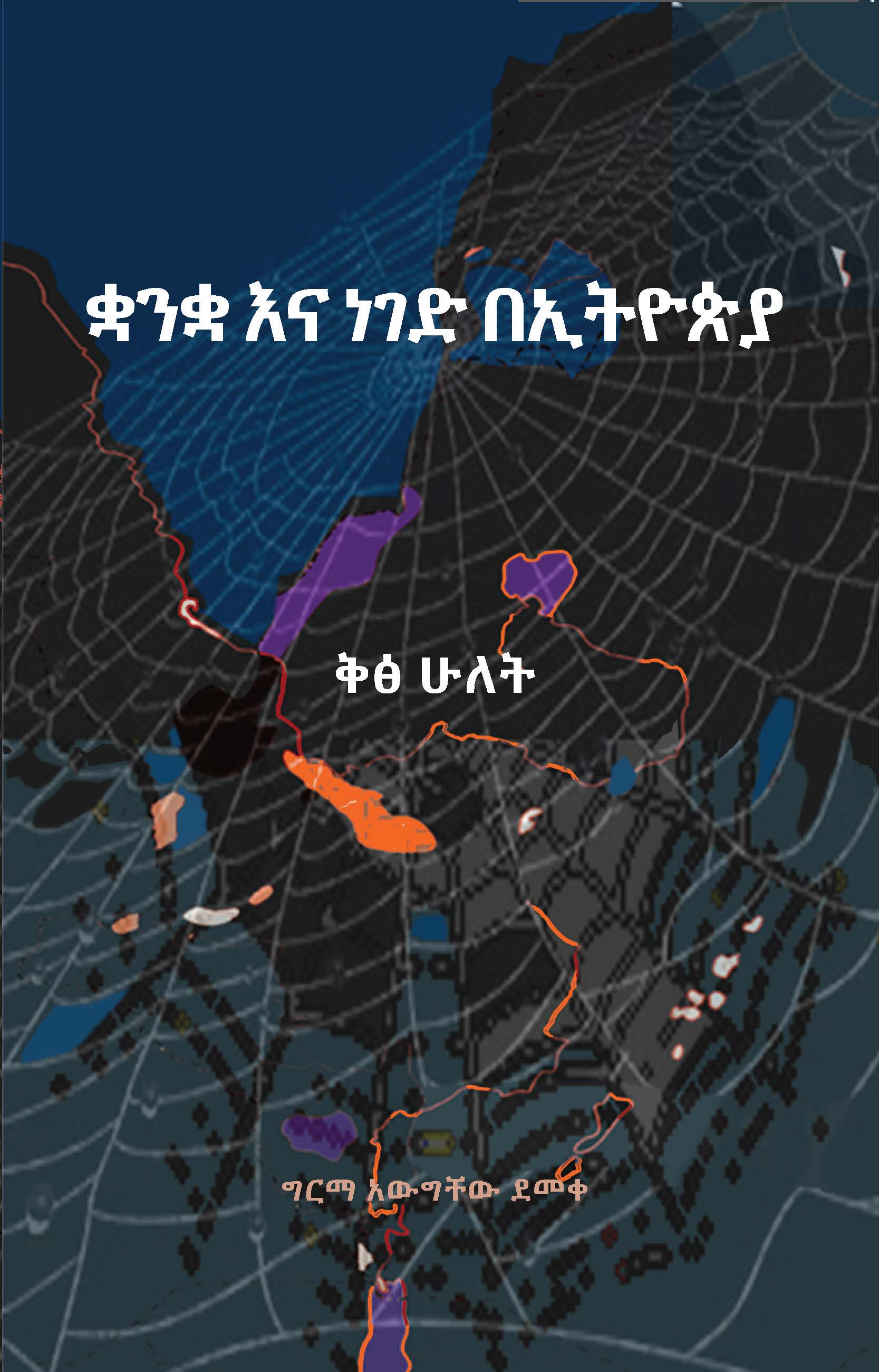
Ethiopian Language - Vol 2
Girma A. Demeke
This book is the succeeding volume to the previously published "Language and Ethnicity in Ethiopia: The Identity and Prehistory of the Ethiopian People." This book, Vol. Two, discusses the Omotic, Nilo-Saharan, and unclassified and/or isolate languages spoken in Ethiopia and Eritrea, and the speakers of these languages in relation to this. The book provides basic information on these languages and their speakers. Omotic shows the fewest common characteristics of all the families within the Afro-Asiatic phylum. This characteristic is interpreted in two ways. The first is that Omotic separated from Proto-Afro-Asiatic earlier, while the second is that it should not be considered a member of Afro-Asiatic at all. Although Omotic reflects fewer Afro-Asiatic characteristics, there are morphological and lexical evidences that show it belongs to the Afro-Asiatic stock. There is no satisfactory evidence to consider Nilo-Saharan as a single language phylum. This statement also applies to those found in Ethiopia. For example, the relationship between the Nilotic and Surmic groups, as well as Kunama, Nara (Eritrea), and Gumuz, is not compelling enough to be considered genetic. However, until more comprehensive research is conducted on each of them and better information is obtained in the future, those discussed in this book are included under Nilo-Saharan. In this book, under the section of unclassified and/or isolate languages, Chabu/Shabu, Ongota, and Ethiopian Sign Language are discussed. Chabu and Ongota have characteristics that are neither Afro-Asiatic nor Nilo-Saharan. However, in this work, the former is presented as isolate, and the latter as unclassified.

Language and Identity in Ethiopia
Girma A. Demeke
In this book Dr. Girma, speaking in the language of Ethiopia, presents the identity of the people of Ethiopia and their historical background in terms of language. The information is greatly enhanced by the use of historical and computational scripting techniques to enhance our knowledge of Ethiopian languages and their speakers. It is well noted that the speaker is one of many other values that is not only a communion tool but also a symbol of identity. Language is a cohesive story and a solid reinforcement device, as well as a built-in loudspeaker. We understand that most Ethiopians and languages have a unique source with informational facts. As interpersonal separation can disparate languages from one family, it is understandable that languages available from a variety of language families can be compared to language and other values because of coexistence over a long period of time. As it has been previously written, Graham's book has a number of theoretical implications of ambiguity about our identity, our writing, language and dialects. Other major issues in the book are analyzed, and prospective suggestions are forthcoming. If this book has been published over the past several years, it would be a solution to the problems with language I think it was. However, the contribution of the book is significant at all times in the multilingualized multilingual language. I believe many of these important books, especially biographies and sociology students and researchers, are very important. It is likely that the book written in Amharic will greatly increase its readability in the home country.
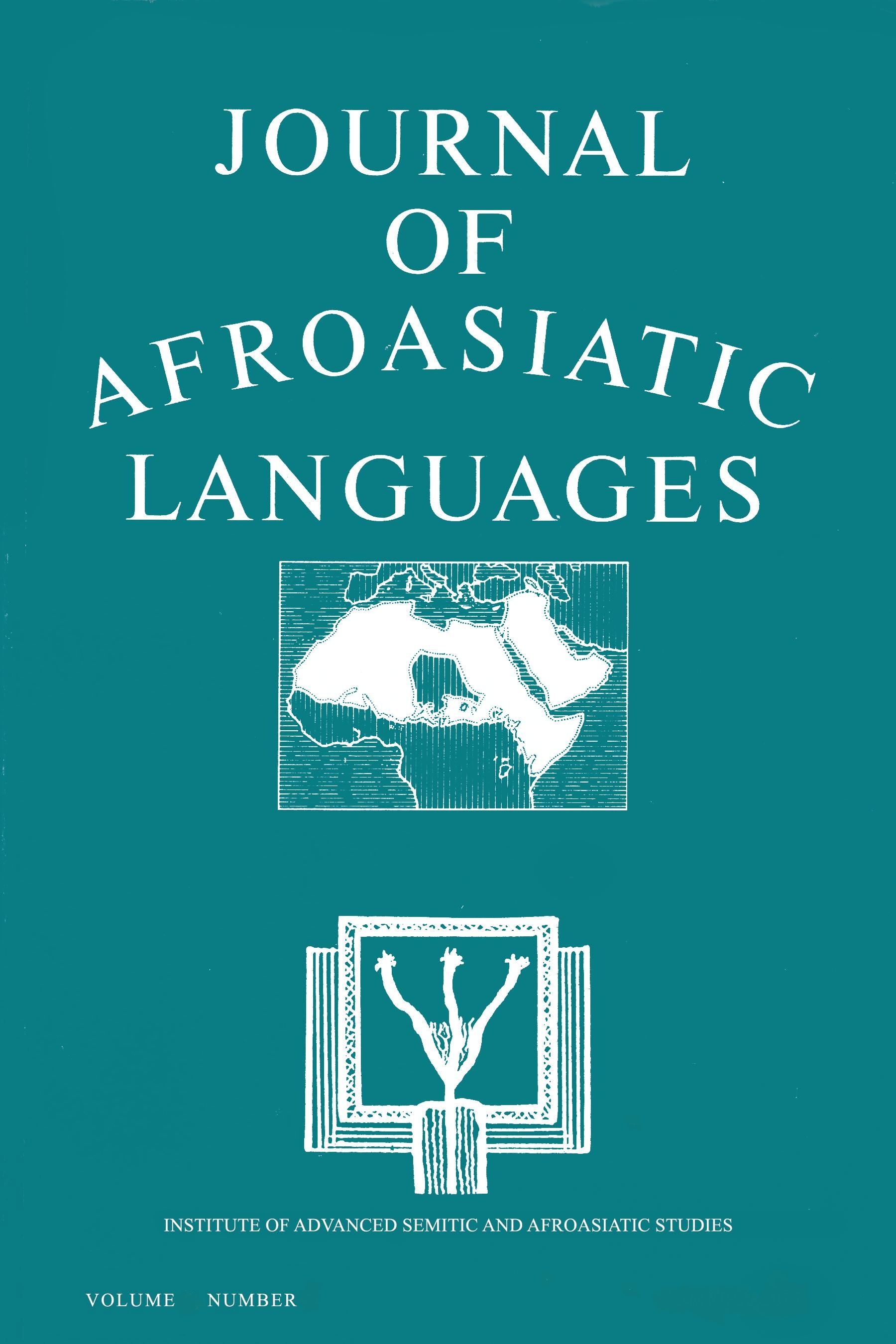
Journal of Afroasiatic Languages - Multi-Volume
Institute of Semitic Studies
The Journal of Afroasiatic Languages (JAAL) is sponsored and published by the Institute of Semitic Studies (ISS). Though its regular publication was interrupted, ISS has proudly recommenced its bi-annual publication. JAAL brings forward linguistic contributions that deal with Afroasiatic languages in all subfields, including historical, comparative, theoretical, descriptive, and others. JAAL welcomes book reviews in any area of linguistics, reactions to articles in JAAL or to relevant issues raised anywhere, and addenda to articles. JAAL intends to provide a forum for debates on specific issues, and invites suggestions.
JAAL - Vol 14 #1, Summer 2025
JAAL - Vol 13 #2, Winter 2024
JAAL - Vol 13 #1, Summer 2024
JAAL - Vol 12 #2, Winter 2023
JAAL - Vol 12 #1, Summer 2023
JAAL - Vol 11 #2, Winter 2022
JAAL - Vol 11 #1, Summer 2022
JAAL - Vol 10 #2, Winter 2021
JAAL - Vol 10 #1, Summer 2021
JAAL - Vol 9 #2, Winter 2020
JAAL - Vol 9 #1, Summer 2020
JAAL - Vol 8 #2, Winter 2019
JAAL - Vol 8 #1, Summer 2019
JAAL - Vol 7 #2, Summer 2018
JAAL - Vol 7 #1, Summer 2018
JAAL - Vol 6 #1, Summer 2016
JAAL - Vol 5 #2, Winter 2013
JAAL - Vol 5 #1, Summer 2012

Judaeo-Yemenite Studies
Ephraim Issac and Yosef Tobi
Proceedings of the Second International Congress
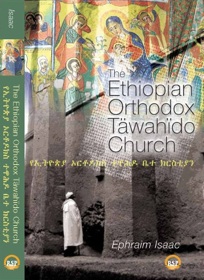
Ethiopian Orthodox Tewahedo
Ephraim Isaac
Ethiopia is an extraordinary symbol of continuity amid a restive and crisis-ridden world. In a few decades, Africa has passed from colonialism, to modernity, to a congress of now largely independent black powers, whose views and votes are at long last heeded on the floor of the global parliament of nations. The capital of Ethiopia is also the headquarters of both the United Nations mission to the continent and of the indigenous continental African union. Ethiopia is unique, not only in the antiquity of her continuous religious and political history, but also in the ever accelerating involvement of the nation in the problems and the promises of continent where religious belief is nevertheless more radically diversified. The sanctions of peace, hospitality, and wisdom in the line of biblical King Solomon is a symbol of continuity, order, and resoluteness alike for the community of nations, for the continent of Africa, and for the church and citizenry of Ethiopia itself.
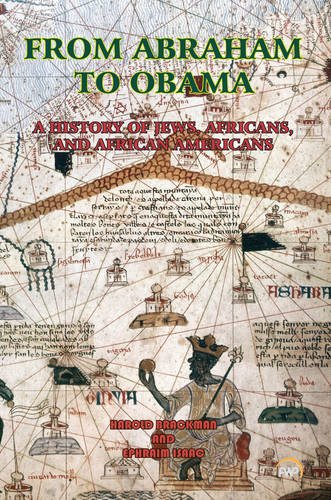
From Abraham to Obama
Harold Brackman and Ephraim Isaac
This book is a long awaited work on discovering and re-discovering the long standing relations, at times warm and supportive, and at other times, conflicted and troubled linkages between Jews and African Americans in the context of American history. However, these two prominent writers go beyond the long and troubled history of Jews and African Americans in the United States, by exploring the historical origins of these two peoples by stretching their narrative to Africa and Israel and the politics therein. Brackman and Isaac are nothing but honest about their strong feelings and closely examine the historical data of these relationship in searching for an understanding of the tortured paths that it may have taken. It is a book that will be part of the controversy, but also, an essential part of the on-going conversation on the links and at times, challenging but on-going conversation.

Origin of Amharic
Girma Awgichew Demeke
In this new edition, each chapter has been revised in light of recent scholarship and a new chapter has been added pertaining to the diachronic grammar of Amharic. This new chapter examines the grammar of Old Amharic based on pre-17th century manuscripts. Old Amharic exhibits VSO order and has gutturals. Adjectives and relative clauses may also follow the noun that they modify. These typical Semitic features, though lost in modern Amharic, are strong additional proof for Amharic’s Semitic origin.
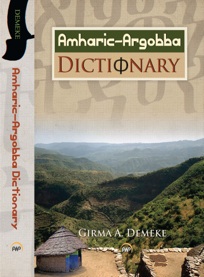
AMHARIC-ARGOBBA DICTIONARY
Germe A. Demeke
In this new edition, each chapter has been revised in light of recent scholarship and a new chapter has been added pertaining to the diachronic grammar of Amharic. This new chapter examines the grammar of Old Amharic based on pre-17th century manuscripts. Old Amharic exhibits VSO order and has gutturals. Adjectives and relative clauses may also follow the noun that they modify. These typical Semitic features, though lost in modern Amharic, are strong additional proof for Amharic’s Semitic origin.